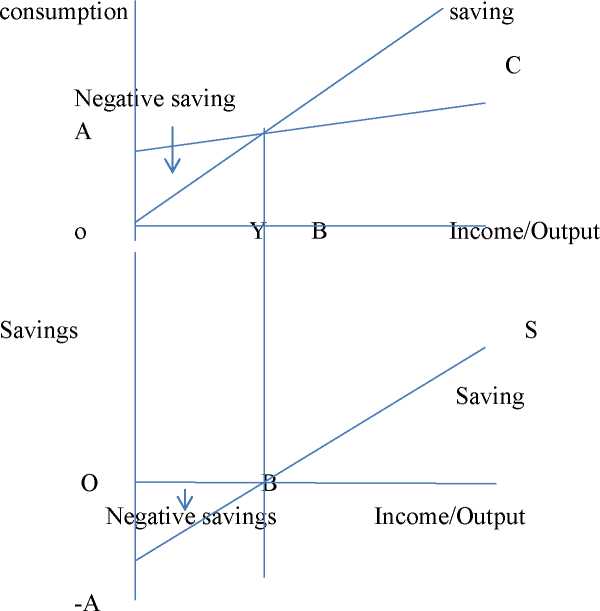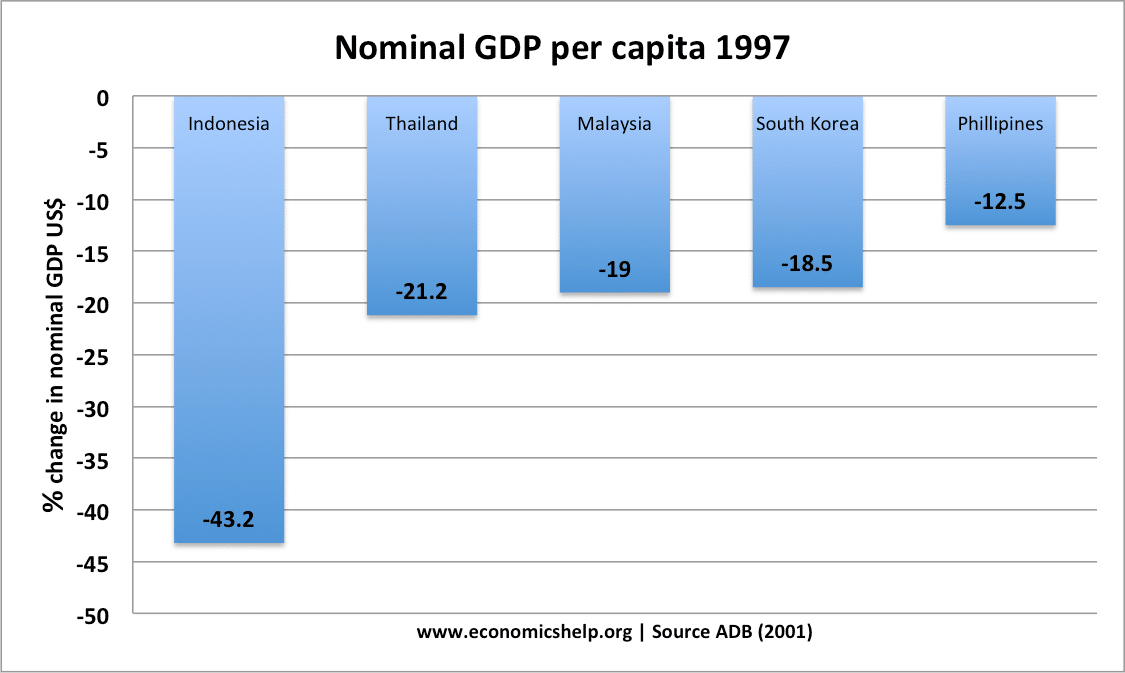Contents:


It is a general standard that applies to all organisations irrespective of their size. ISO certification is necessary if the company wishes to tender for public sector work. ISO 14001, as with other ISO standards, is voluntary , with its main aim to assist companies in continually improving their environmental performance, while complying with any applicable legislation. Organizations are responsible for setting their own targets and performance measures, with the standard serving to assist them in meeting objectives and goals and in the subsequent monitoring and measurement of these . After this audit, done over several days, they will issue a report detailing their findings and whether they have found your EMS to be effective and in compliance with the ISO requirements. Perform management review – Just as important as the support that management gives for the implementation of ISO 14001, is the involvement of management in the continued maintenance of the EMS.
Any person who impacts the organization’s ability to achieve most of the environmental objectives is known as an interested party. ISO is a part of the ISO, an independent group of standard organizations, non-governmental, from countries across the world. As of 2018, ISO published a total of standards and all related documents that apply to almost every sector, right from agriculture to technology. The standard shares many common traits with its predecessor, ISO 9000, the worldwide standard of high quality management, which served as a model for its inner structure, and each may be implemented side by facet. Like all ISO standards, their use is voluntary until a enterprise sector makes them a market requirement or a authorities issues regulations making their use obligatory. Organizations that implement ISO 9000 and ISO voluntarily do so to improve operations and provide actual benefits.
ISO 14000 Family of Standards
The primary objective of the ISO series of standards is to promote effective environmental management systems in organizations. The standards seek to provide cost-effective tools that make use of best practices for organizing and applying information about environmental management. ISO provides a clear management framework to reduce your environmental impacts and to ensure you meet legal requirements and build stakeholder trust. The standard provides your organisation with a systematic approach to planning, implementing and managing an environmental management system.
- Execution of statutory and regulatory requirements related to goods and services.
- It establishes requirements for an Environmental Management System and is predicated on the continuous enchancment mannequin PDCA (Plan-Do-Check-Act).
- ISO certification ensures that an effective resource management system is in place.
- It is becoming obvious that the organizations that are staking the clearest claims to a successful future are those that now see the natural environment as their most indispensable supplier AND their most valued customer.
ISO Environmental Management System is a systematic framework to manage the immediate and long term environmental impacts of an organization’s products, services, and processes. By completing ISO certification your organization can assure stakeholders that your environmental management system meets international industry-specific environmental standards. ISO is outlined as a collection of international environmental management standards, guides, and technical stories. ISO is a sequence of environmental management requirements developed and printed by the International Organization for Standardization for organizations. The ISO standards present a guideline or framework for organizations that must systematize and improve their environmental administration efforts. The ISO requirements are not designed to aid the enforcement of environmental legal guidelines and do not regulate the environmental actions of organizations.
What are the Benefits of ISO 14001 Certification in Nigeria?
Option 1 is sometimes incorrectly referred to as “self-certify” or “self-certification”. This is not an acceptable reference under ISO terms and definitions, for it can lead to confusion in the market. Option 2 is often referred to as a customer or 2nd-party audit, which is an acceptable market term. Option 3 is an independent third-party process by an organization that is based on an engagement activity and delivered by specially trained practitioners. This option was based on an accounting procedure branded as the EnviroReady Report, which was created to help small- and medium-sized organizations.
ISO was introduced in 1996 as an international standard that provides a framework for an organization to follow. It specifies the requirements of an effective system for environmental management. ISO works to guarantee quality while developing an effective environmental management strategy. The normal shares many widespread traits with its predecessor, ISO 9000, the international normal of high quality management, which served as a mannequin for its inner structure, and both can be applied aspect by aspect.
A surveillance audit is generally conducted to ensure that the company maintains ISO quality standards. In addition to it, adherence to the ISO standards will help to reduce the effect of regulatory fines. Also, the adoption of these standards depicts that the firm is conscious about the health of the environment. It further improves the image of their brand among the public and also leads to an increase in demand for their products. The ISO certification also helps the organizations improve their brand image and comply with international standards. Research shows that ISO certified organizations have a competitive edge over their non-certified counterparts, reap higher profits, and win more contracts.

They are also becoming aware of green issues and asking several questions regarding manufacturing processes and eco-friendly packaging. Even the employees have, nowadays, started taking interest in all green things and the workforce enjoys being a part of the organization that is involved in ISO. When an enterprise has an ISO certification, an immediate reassurance about the organization is given to the consumers, stating that the organization has taken the necessary steps required to protect the environment.
Its https://1investing.in/ was originally based on the Canadian Handbook for Accountants; it is now based on an international accounting standard. The fourth option, certification, is another independent third-party process, which has been widely implemented by all types of organizations. Service providers of certification or registration are accredited by national accreditation services such as UKAS in the UK. ISO needs all the organizations to maintain clear documents to prove that the environmental management meets the required standard. The documentation aims towards keeping the ecological processes in place.
Additionally, regardless of the claims that these standards will help to cut back costs, there isn’t a assure that certification in either or both will lead to increased income for a company. An Environmental Management System is a framework and set of processes designed to assist organizations obtain their environmental goals and regulatory standards in an economical manner. ISO is a family of standards related to environmental management that exists to help organizations minimize how their operations (processes, etc.) …
Very importantly, the key to access all the developmental avenues for MSMEs is the Udyog Aadhaar MSME Registration. There is no doubt that a healthy business can be run only on a healthy planet. Hence, like other ISO standards, the ISO certification standard for EMS is of prime importance.
Now, it has ventured into setting standards for an organization’s processes, policies, and practices. There is too much at stake for businesses not opting to evaluate the ISO standard AND its impacts in details. It is becoming obvious that the organizations that are staking the clearest claims to a successful future are those that now see the natural environment as their most indispensable supplier AND their most valued customer. The International Organization for Standardization has introduced ISO in order to laya strong emphasis on the advancement and maintenance of the Environmental Management System in an organization.
ISO 14000
ISO 9000 is a quality system standard, not a technical product standard. ISO refers to a series of standards on environmental management tools and systems. ISO is a series of environmental management standards developed and published by the International Organization for Standardization for organizations.
Environmental Rights Invoked in New York Courts New York Law … – Law.com
Environmental Rights Invoked in New York Courts New York Law ….
Posted: Thu, 19 Jan 2023 08:00:00 GMT [source]
Right from individuals being responsible to turn off the power when not in use, to enhance the rates of recycling available resources, you will experience a considerable change in staff engagement because of the ISO certification. To reassure your consumers that you are working for an environment-friendly business. The certificate enhances the image of an organization and at the same time boosts green credentials. To make significant and tangible reductions in costs incurred with the help of using reduce, reuse and recycle approach.
ISO 14000: What It Is and How It’ll Help You Save … – Fat Finger
This could lead to finding ways to recycle merchandise or new uses for previously disposed of byproducts. ISO 9001 is defined because the worldwide normal that specifies necessities for a high quality administration system . Organizations use the standard to reveal the ability to constantly present services that meet buyer and regulatory necessities. It is the most popular normal within the ISO 9000 seriesand the one standard in the sequence to which organizations can certify. The ISO 9000 commonplace is probably the most broadly recognized and has maybe had probably the most impact of the thirteen,000 requirements revealed by the ISO.

The purpose of the ISO 9000 series is to encourage organizations to institute quality assurance management programs. ISO sets out the criteria for an Environmental Management System . It does not state requirements for environmental performance, but maps out a framework that a company or organization can follow to set up an effective EMS. It can be used by any organization that wants to improve resource efficiency, reduce waste, and drive down costs. Using ISO can provide assurance to company management and employees as well as external stakeholders that environmental impact is being measured and improved. ISO can also be integrated with other management functions and assists companies in meeting their environmental and economic goals.
It is therefore ideal for integration into existing iso 14000 benefits systems and processes. Feb 22, 2021ISO is a family of ISO standards specifically for the creation, implementation, and continuous improvement of an environmental … ISO is a set of international standards designed to help companies establish an environmental management system , which is a structural approach … Apr 22, 2019ISO refers to a family of standards for the design, implementation, and optimization of an environmental management system for … Very small organizations will benefit from significant reduction in documentation requirement.

It also drives you to evaluate how you manage emergency response, customer expectations, stakeholders, and your relationships with your local community. All the individuals will have their requirements that will impact the organization. The provisions of all the parties need to be recorded for considering them when drafting the environment management system. The documents also prove that the organization is working towards environmental objectives. Continuous enhancement of the environmental performance of an organization. The development of an environmental policy that reflects the commitments of an organization.
The ISO standards provide a guideline or framework for organizations that need to systematize and improve their environmental management efforts. When adding ISO elements to those of ISO 9001, planning should be expanded to take care of environmental impacts, and the inspection and test methods modified to cover environmental conformance. The organization must meet the environmental expectations of consumers and the government, and it should incorporate environmental administration elements into inner audit packages and coaching classes. ISO follows the excessive-stage construction method that is being applied to other ISO administration system standards, such as ISO and ISO . ISO is a global certification commonplace designed to assist corporations reduce their negative impacts on the surroundings, comply with environmental laws and regulations, and frequently enhance their efficiency within the first two areas.